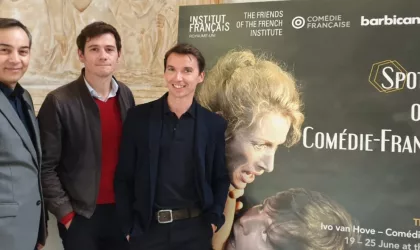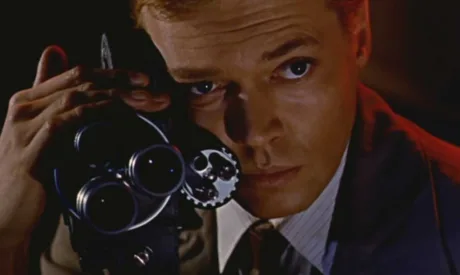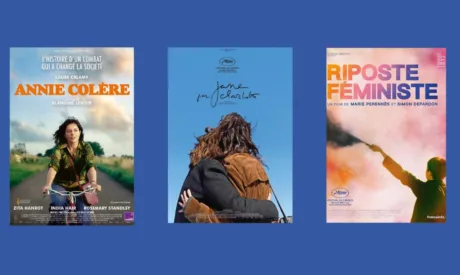

The Films of Clément Cogitore
Wed 31 JanTensions, porousness and Fault Lines are at work in the films of the international artist and director Clément Cogitore. Presented together in London for the first time, three of his films echo the Night of Ideas. From Les Indes Galantes, combining 1723 dance and rebellious Krump from the 1990s, to Bielutine, a temporal rift that projects us into a singular space of time, to Braguino, in which two Siberian family communities face each other in a perpetual struggle from which the children escape, Clément Cogitore’s films disrupt certitudes and propose an overcoming of physical, social and spiritual boundaries.
Special Screenings
Screenings followed by a Q&A with artist Clément Cogitore and Valentine Umansky, curator at Tate Modern
Programme
Les Indes galantes
Dir. Clément Cogitore | FRA | 2018 | 5 mins 27
Krump dancers confront one another on an extract of Jean-Philippe Rameau’s opera and ballet Les Indes galantes, leading to a hypnotising battle set on baroque music, a dialogue between two universes that at first seem totally opposed. Krump, a variant of Hip-Hop, emerged in the 2000s in the heart of South Central in LA as a substitute to endemic gang violence and injustice.
Bielutin: In the Garden of Time
Dir. Clément Cogitore | FRA | 2011 | Doc | 35 mins
Living in their ‘Garden of time’ Nina and Ely Bielutine are in fact inhabitants of a prison of gold. Surrounded by imaginable pieces of Renaissance arts, they built a world of their own fantasy where the work of Velasquez or Rubens become their children. The outside world hosts the real danger, but Clément Cogitore succeeds with delicacy in infiltrating this impenetrable bubble to invite us to discover the two disillusioned God and Goddess who claim that they understand and predict art like no other, for centuries to come.
Braguino
Dir. Clément Cogitore | FRA | 2017 | Doc | 49 mins
In the middle of the Siberian taiga, 450 miles from the nearest village live two families: the Braguine and the Kiline. Not a single road lead here. A long trip on the Yenissei River, first by boat, then by helicopter, is the only way to reach Braguino. Self-sufficient, both families live there according to their own rules and principles. In the middle of the village: a barrier. Both families refuse to speak to each other. On an island in the middle of a river, another community is being built: that of the children. Free, unpredictable, wild. Between the fear of the other, of wild beasts, and the joy provided by the immensity of the forest, a cruel tale unfolds, a tale in which tensions and fear give shape to the geography of an ancestral conflict.
- Image: COGITORE Clément, Les Indes G alantes , 2017, Video, Colo u r, 6 min. Production : Opéra national de Paris - 3° scène / Les Films Pélléas. Choreography : Brahim Rachiki, Igor Carouge, Bintou Dembele. Courtesy of the artist, Chantal Crousel Consulting, Paris (FR) and Reinhard Hauff Gal lery , Stuttgart (DE)

